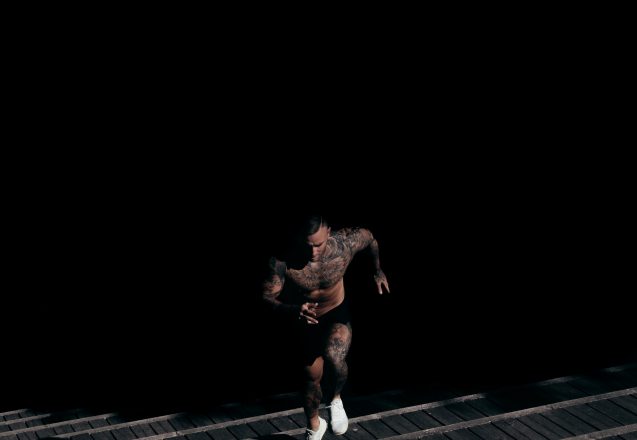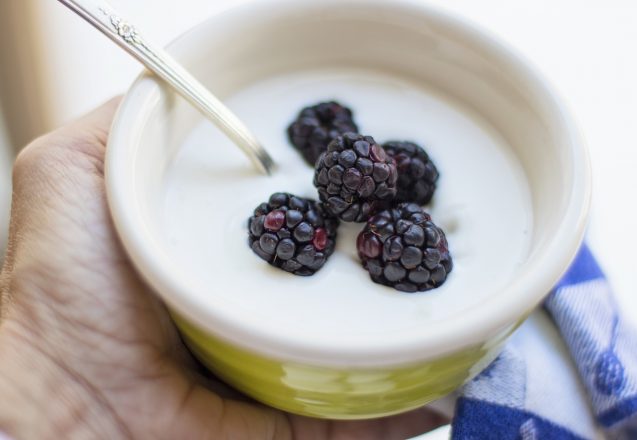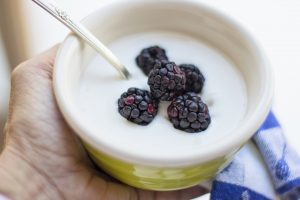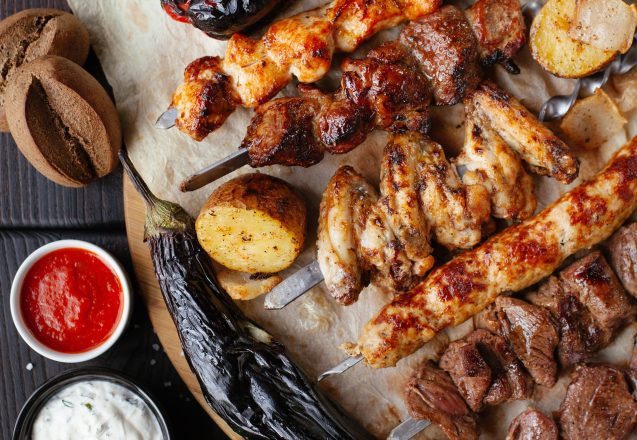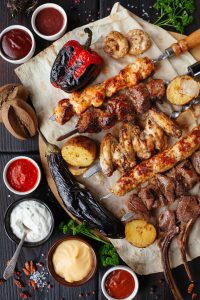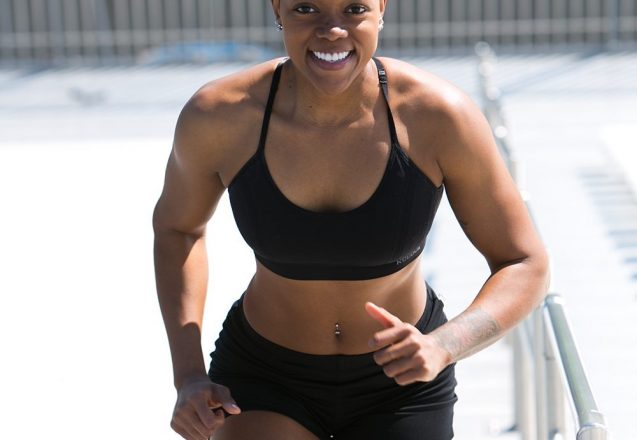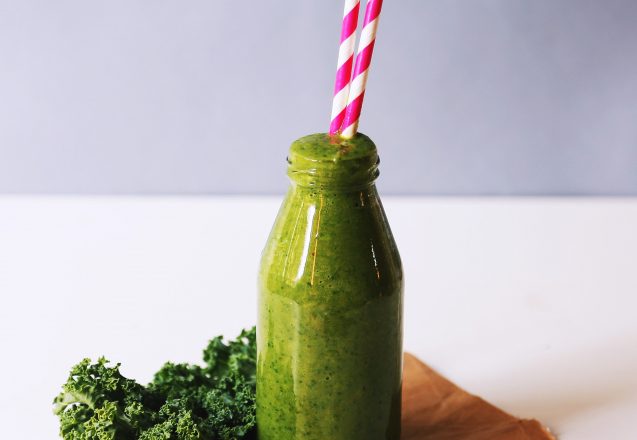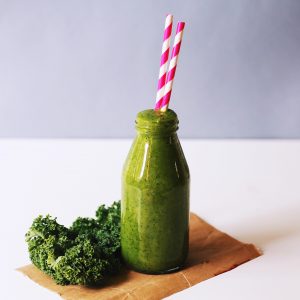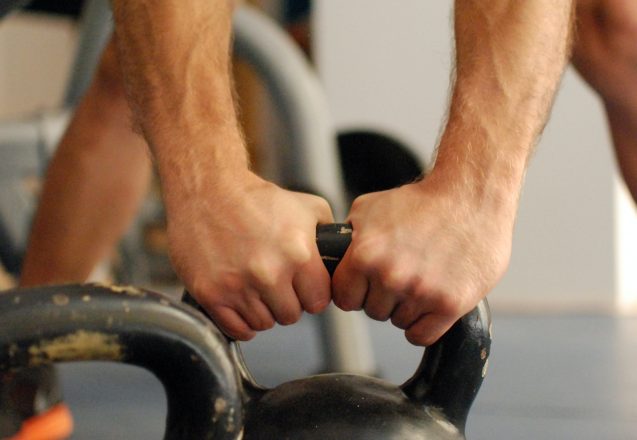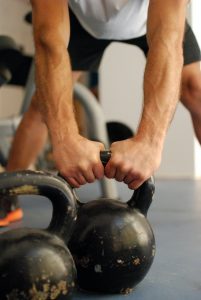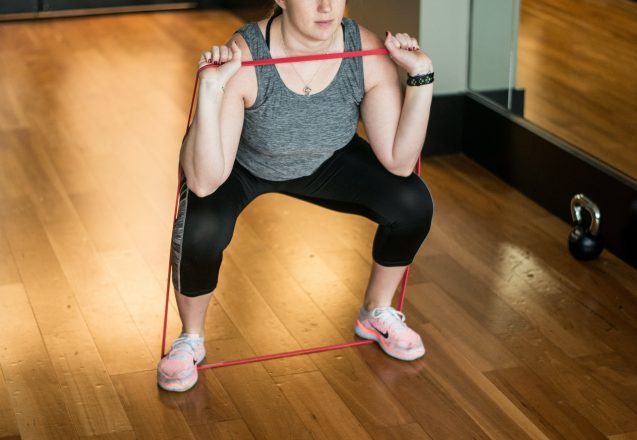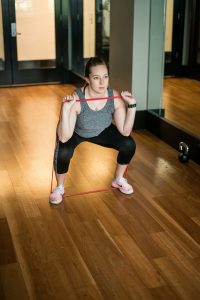Do Cardio Workouts Burn Fat?
 Cardio workouts are part of the program at One Love Fit Club in Chino Hills, CA, because you need cardiovascular exercise to be truly healthy. They burn lots of calories, but do they burn fat? Of course, they do, but that’s not all they burn, they burn lean muscle tissue, too. That’s not good. Muscle tissue is beneficial for weight loss. It takes more calories to maintain than fat tissue does, so the more you have, the more calories you’ll burn, even when resting.
Cardio workouts are part of the program at One Love Fit Club in Chino Hills, CA, because you need cardiovascular exercise to be truly healthy. They burn lots of calories, but do they burn fat? Of course, they do, but that’s not all they burn, they burn lean muscle tissue, too. That’s not good. Muscle tissue is beneficial for weight loss. It takes more calories to maintain than fat tissue does, so the more you have, the more calories you’ll burn, even when resting.
What other exercises are better for burning fat?
One of the best options is strength training. Not only does strength training, like lifting weights, burn tons of calories from fat, it builds muscle tissue. Strength training also can trigger EPOC—Excess Post-Exercise Oxygen Consumption, which can boost your metabolism for up to 48 hours after a workout. When you stop cardio, you cease burning extra calories and your metabolism remains the same.
Studies show that weight training burns more fat.
A study at Penn State helped identify the benefits of weight training, compared to dieting without exercise, just doing cardio or doing both cardio and weight training. The people that used cardio combined with weight training lost an average of six more pounds, for an average of 27 pounds, than the group that just dieted or did cardio alone. The diet and cardio only group lost the weight with 75% coming from fat loss and 25% from muscle tissue. Those doing cardio and weight training almost all their weight loss was from fat.
HIIT—high intensity interval training—workouts also burn tons of calories.
There is no specific type of HIIT exercise, since it’s a way of doing any type of exercise, from lifting weights to running. You simply alternate the intensity from high intensity to moderate or recovery and back again, doing it repeatedly throughout the workout. It burns a huge amount of calories and when used with a strength training program, gives the benefits of both worlds.
- Kick boxing is similar to HIIT workouts, since the speed and intensity varies throughout the session. You’ll have heart pounding high intensity moments and times you pull back and review the situation.
- Varying your workout is important for calorie burning and to help prevent plateauing. Plateauing occurs when you do the same movements repeatedly. The body becomes efficient and burns fewer calories. Since you do a variety of moves during kickboxing, plateauing normally doesn’t occur.
- For the biggest calorie burners, no matter what type of exercise you use, do compound exercises. Compound exercises work several muscle groups and joints at once.
- Whether you choose personal training or kickboxing, you’ll burn tons of fat. You’ll get the benefit of the latest scientific knowledge, plus have fun, especially when kickboxing.
For more information, contact us today at One Love Fit Club
 13609 Central Ave, Ste E Chino, CA 91710
13609 Central Ave, Ste E Chino, CA 91710

